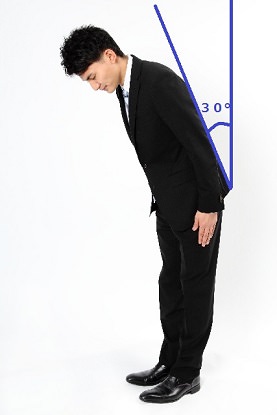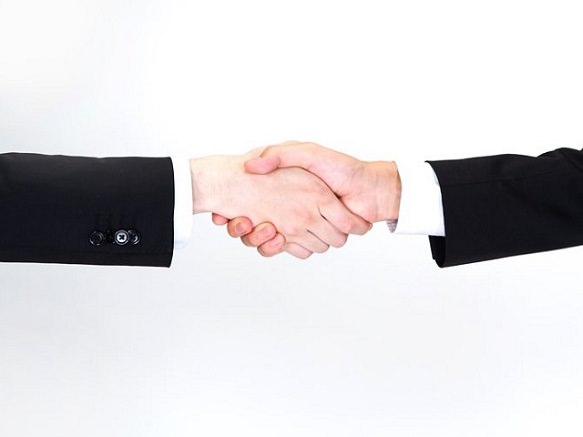-
- USA/Canada 1-800-285-2726
- Australia (02) 8006 4411

As Americans use the handshake to greet others, the Japanese greet others by bowing. Though bows may look simple, like a deep nod, it actually has variations depending on the different circumstances. Bowing is used for greeting, to express gratitude, and in times of apologizing and shows respect. Simply put, the deeper the nod, the more respect. There is said to be three major types of bows.
The most casual and informal bow is the "eshaku" bow in which one bend their waist at about 15 degrees. The eshaku bow is used most commonly used when one greets passers-by or when one passes a person of higher status in the workplace, one might bow.

The next is the "keirei" bow which is at about 30 degrees. This is most common when entering or leaving a business interaction or meeting. This bow is also used in schools when the students and teachers greet good morning and good bye daily. Finally, the most formal bow, used during deep gratitude or sorrow is the "saikeirei" bow. This bow bends the waist at about 45 degrees and is not commonly used.

Though the Japanese bow to each other on a daily basis, with western influences, the handshake is becoming more common than before. Especially in workplaces interacting with foreign countries, most Japanese do not expect their foreign counterparts to engage in bowing, and a handshake is acceptable.
Training of one's body and spirit
Each area has its own shrine and the god is called Ujigami-sama
Traditional Japanese Experience at a Ryokan
Japanese Backpacks